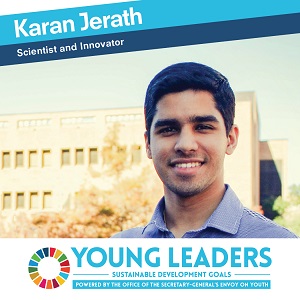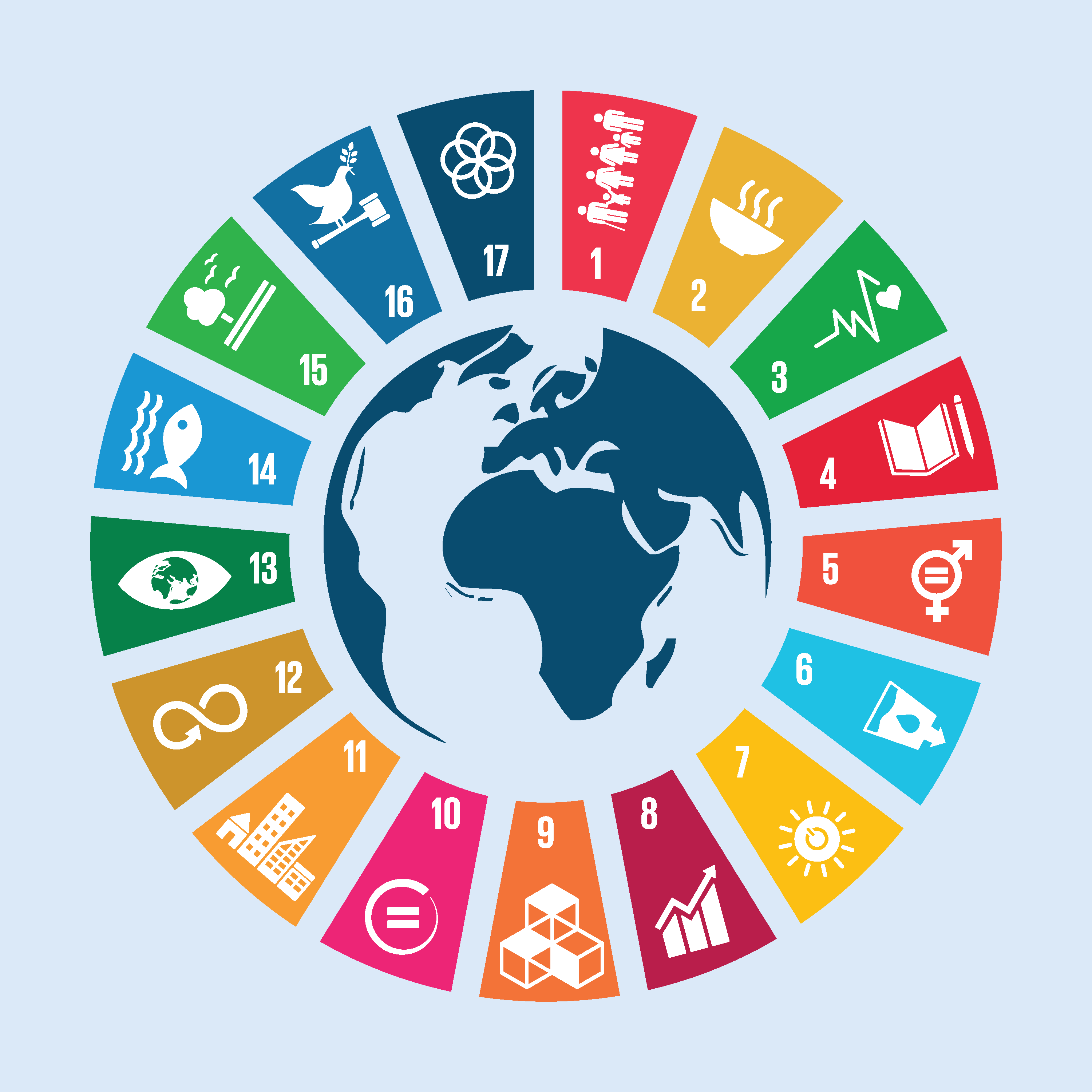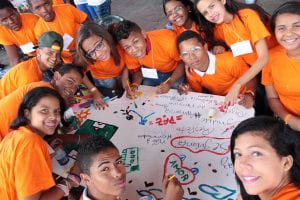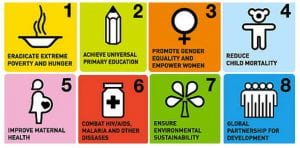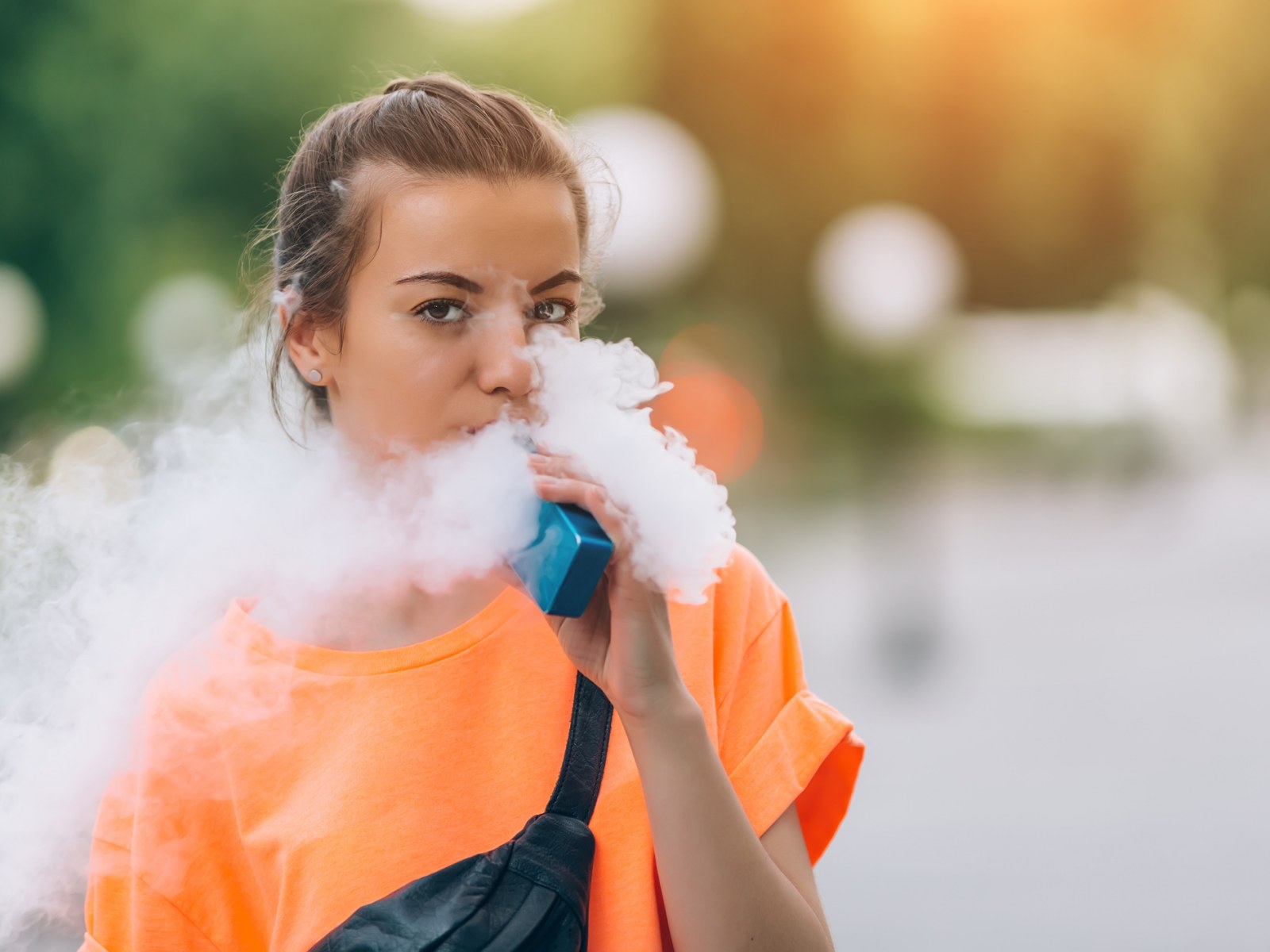
![]()
“Money talks and bullshit walks” was a moto of the tobacco companies in 1999 and that’s a strategy they have stuck with [1]. But first what are commercial determinants of health? More or less, they are factors that influence health which stem from a profit motive, like the promotion of products that are known to be detrimental to human health. So, we’re talking marketing, advertisements, and policy influencing strategies to get you hooked! Read more about the ethical implications of commercial determinants of health.
These strategies aren’t new to the tobacco industry. They have pushed billions into advertisements and politics to stop tobacco regulations in the past, yet the anti-smoking campaigns of the 90s and 00s were widely affective in changing the perception of smoking to a negative one, leaving the tobacco industry with a huge gap in their “consumers.” Now with E-cigarettes and a new vape “culture,” the industry has addicted a whole new generation who were against conventional cigarettes. Time to get back to using all their decades old tactics in full force once again: E-cigs the newest frontier of the war between the tobacco industry and public health.
What are these ‘tactics’?
Well just to name a few big ones…because there are many avenues through which they push their agenda on the us.
Monetary contributions: Three ways the tobacco industry uses their money to safeguard their interests: 1. They give significant sums of money to the campaigns of politicians who oppose tobacco regulations. 2. By funding scientific researchers who will produce the findings that they want. And 3. Giving contributions to ‘Good Samaritan’ philanthropies to improve their public image. What was that 1999 quote again? Oh right.
Lobbying: Tobacco and E-cig companies have extensive lobbying networks. In 2015 two of the biggest companies had 450 registered lobbyists across the country [1]. What do the lobbyists do? They aggressively oppose taxes on tobacco products, smoking bans, and regulations on marketing tactics.
And the tactic we’ll discuss a little more in depth: marketing, and advertising! Tobacco product companies put millions, if not billions, of dollars into advertising platforms; and with the extensive social media networks now a days, there are so many new opportunities for ad placement. They also use marketing strategies to target vulnerable populations such as minorities and children. On top of that they create ads which portray vaping as cool or glamorous while introducing all the yummy flavors! Coming out with flavors such as strawberry and pink lemonade was just another marketing tactic used to get more youth to try vaping.
In many instances the ads also contain misleading harm claims. For the first few years vapes were on the market, the companies weren’t affiliated with big tobacco and pushed the idea that E-cigs were a “harmless” alternative to cigarettes, but now with new information showing there ARE harmful effects combined with big tobacco’s increased involvement, you don’t see that as much.
One example of how they can circumvent bans on advertising is portrayed in a vaping and Instagram ad study, which showed tobacco company employees promote their products by posting pictures of events and sales, thus not having to deal with the commercial advisement regulations of the platform (examples in the image above) [2].
There is currently a lawsuit against Juul, a leading E-cig company, that has accused them of illegally targeting young people online. Not only are they accused of creating advertisements using ‘youthful’ models, but also of buying ad space on websites such as Nickelodeon and The Cartoon Network… Uh I mean we all like to watch cartoons sometimes (or is that just me) but I’m sure everyone would agree the main audience of these networks is kids…These re only a few of the allegations in the lawsuit, read more here [3].
Where are we at now, policy wise, with vaping and E-cigs?
Not to get into all the legal jargon, but the FDA has finally imposed new “enforcement priorities” in regard to electronic nicotine delivery systems (ENDS) products, after being forced to by a US district court in July 2019. To go into effect March 2020, though they vague and contain loopholes, the new “enforcement priorities” are:
“(1) flavored, cartridge-based ENDS products (except for tobacco or menthol-flavored products)”
Hmm. Like these: Which are still being sold? 
“(2) all other ENDS products for which the manufacturer failed to take (or is failing to take) adequate measures to prevent minors’ access”
Hmm. Like the lawsuits against Juul alleging they shipped cigarettes to high schoolers?
“(3) any ENDS products targeted to, or whose marketing is likely to promote use by, minors.”
Hmm. Like advertising on the Cartoon Network?
“(4) any ENDS product…that is offered for sale in the United States after May 12, 2020, and for which the manufacturer has not submitted a premarket application” [4].
Hmm. How will this play out?
Well, one article predicts that this will lead to a huge reduction in smaller vape companies giving big tobacco more control of the entire market since they “can afford to undertake the costly and uncertain FDA premarket application process yet paradoxically have the least interest in reducing cigarette smoking” [4]. And since the FDA seems to be oh so reluctant to create regulations, just now initiating these enforcements mentioned above over a decade after E-cigs hit the market, it’s likely the tobacco industry will always stay a few steps ahead of the agency with their ingenuity in marketing tactics and shady maneuvers around regulations.
The tobacco industry has power and money on their side so we must get involved with counter campaigns such as the Campaign for Tobacco-Free Kids and the CDCs successful National Tobacco Education Campaign. More and more evidence is showing harmful effects of vaping, from carcinogens to heart palpitations and many more; but we won’t know the true burden to public health until years in the future. So let’s not wait and see what happens to our youth, lets nip this commercial determinant of health in the bud now!
Cailee Hill
Citations:
- 1. Kusnetz, N. (2016, March 25). How Big Tobacco lobbies to safeguard e-cigarettes. Retrieved September 21, 2020, from https://publicintegrity.org/politics/state-politics/how-big-tobacco-lobbies-to-safeguard-e-cigarettes/
2. Chu, K., Allem, J., Cruz, T. B., & Unger, J. B. (2016). Vaping on Instagram: Cloud chasing, hand checks and product placement. Tobacco Control, 26(5), 575-578. doi:10.1136/tobaccocontrol-2016-053052
3. Musil, S. (2020, February 13). Juul targeted kids with ads on Cartoon Network, Nickelodeon, lawsuit alleges. Retrieved September 21, 2020, from https://www.cnet.com/health/juul-targeted-kids-with-ads-on-cartoon-network-nickelodeon-lawsuit-alleges/
4. Houston, A. R., Howard, A., & Sweanor, D. (2020). Placing the Legal Vape Market in the Hands of Big Tobacco. American Journal of Public Health, 110(6), 781-782. doi:10.2105/ajph.2020.305676



















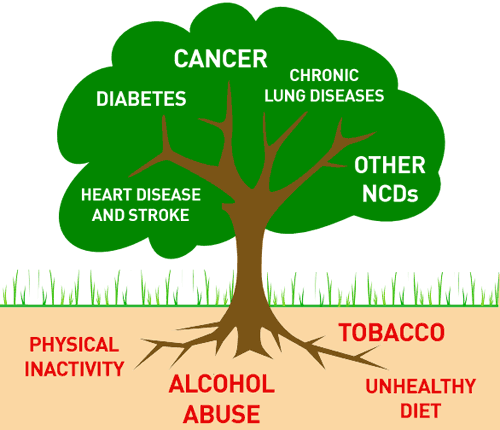
 COVID-19 has been an aggressive and exceedingly prevalent issue in our nation that has taken the lives of far too many. The burden of this pandemic has been large in many ways, and it is not a secret that many corporations have struggled to meet the demands of products necessary in fighting this virus. Products such as masks, testing kits, and sanitizers have not been able to be produced at the rate necessary to fight this pandemic properly. The researchers in this article note that the framework of the commercial determinants of health in the private sector has been able to reduce the burden of COVID-19 in many ways in response to the shortage of supplies. For example, companies were able to get creative and create reusable masks out of clothing to reduce the spread of transmission and advertisements have been able to encourage social distancing methods in public places. This article explains how the framework for commercial determinants of health of the private sector can also serve as preparation in the event a similar issue or health emergency were to occur in the future.
COVID-19 has been an aggressive and exceedingly prevalent issue in our nation that has taken the lives of far too many. The burden of this pandemic has been large in many ways, and it is not a secret that many corporations have struggled to meet the demands of products necessary in fighting this virus. Products such as masks, testing kits, and sanitizers have not been able to be produced at the rate necessary to fight this pandemic properly. The researchers in this article note that the framework of the commercial determinants of health in the private sector has been able to reduce the burden of COVID-19 in many ways in response to the shortage of supplies. For example, companies were able to get creative and create reusable masks out of clothing to reduce the spread of transmission and advertisements have been able to encourage social distancing methods in public places. This article explains how the framework for commercial determinants of health of the private sector can also serve as preparation in the event a similar issue or health emergency were to occur in the future. 









